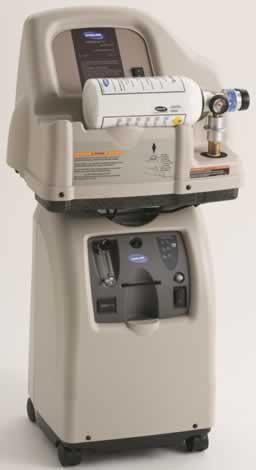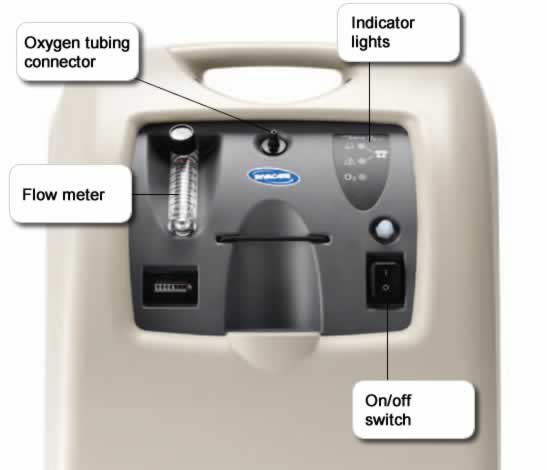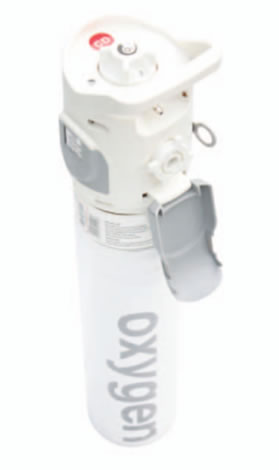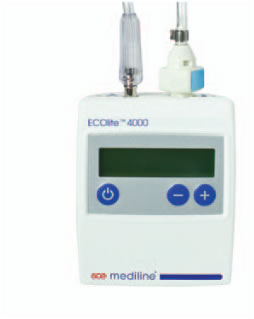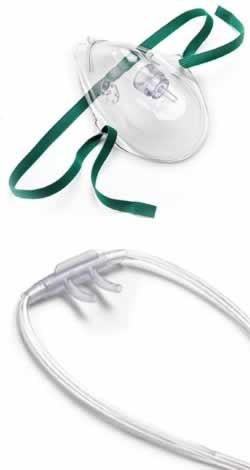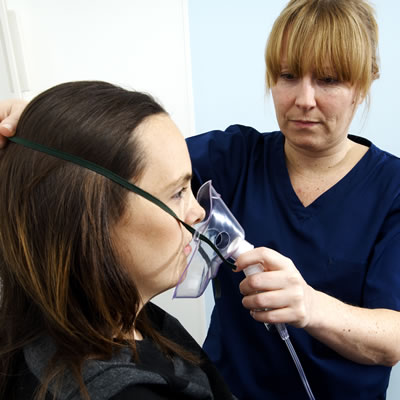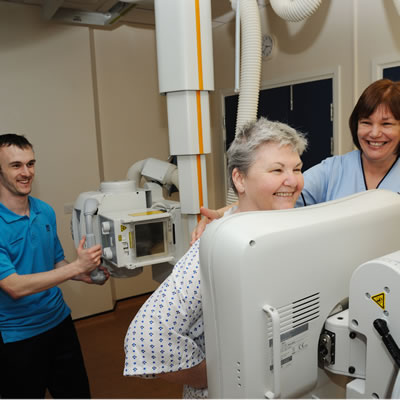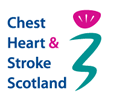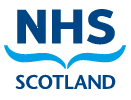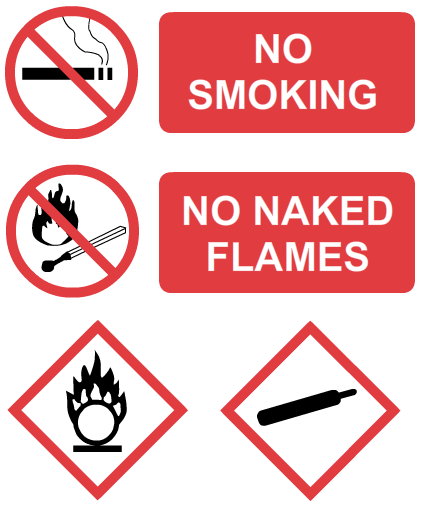
Flammable Materials:
Do not let oxygen equipment come into contact with oils or grease, paraffin based products and NEVER use any form of lubricant (ignition is a greater risk in an oxygen enriched environment).
- Do not use or store oxygen near any flammable/ oily materials.
- Do not cover or wipe the equipment with any fibrous material.
- Protect the equipment by carrying, storing and using in approved carry cases only (where provided).
- Wash and dry hands thoroughly before handling any oxygen equipment.
- Do not use or store the oxygen equipment within three metres of:
- naked flames.
- sources of intense heat (e.g. cooker hobs, ovens, heaters etc).
Prevention:
Avoid oxygen enrichment by:
- Turning off the equipment when not in use.
- Not permitting oxygen to accumulate on absorbent materials such as clothing, bedding, furniture.
- Keeping the user environment well ventilated.
Fire Risks:
Consequences of oxygen enrichment:
- Materials which are not flammable in air may ignite and /or burn in higher concentrations of oxygen.
- Materials which will burn in air will burn/ ignite at lower temperatures if the oxygen concentration is higher.
- Do not smoke or let others smoke near anyone while using oxygen. This not only presents a fire risk but is seriously detrimental to health.
You should be advised that the Scottish Fire and Rescue Service will be provided with your details to:
- Place on record the fact you have Oxygen equipment.
- Conduct a risk assessment / fit smoke alarms where appropriate.
Anyone can arrange a free fire safety check and free smoke alarm fitting anywhere in Scotland at a time to suit you by calling 0800 0731 999 or go to the Scottish fire and rescue website.
Free Home Fire Safety Visit and Free Smoke Alarm leaflet – Fire Scotland [pdf]


